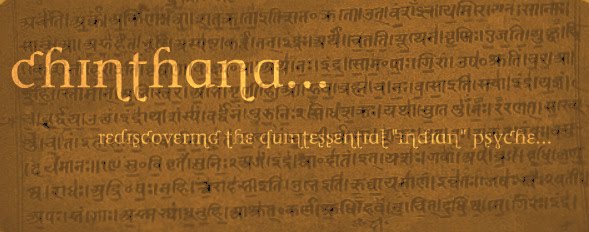Why do we Light a Lamp?
In
almost every Indian Home a lamp is lit daily before the altar of the
Lord. In some houses it is lit at dawn, in some twice a day - at dawn
and dusk and in few it is maintained continuously (akhanda deepa). All
auspicious functions and moments like daily worship, rituals and
festivals and even many social occasions like inaugurations commence
with the lighting of the lamp, which is often maintained right through
the occasion.
- Why do we light a lamp?
Light symbolizes knowledge, and darkness ignorance. The lord is
the "Knowledge Principle" (Chaitanya) who is the source, the enlivener
and the illuminator of all knowledge. Hence light is worshiped as the
Lord Himself.
Knowledge removes ignorance just as light removes darkness.
Also knowledge is a lasting inner wealth by which all outer achievement
can be accomplished. Hence we light the lmp to bow down to knowledge as
greatest of all forms of wealth. Knowledge backs all our actions whether
good or bad. We therefore keep a lamp lit during all auspicious
occasions as a witness to our thoughts and actions.
Why not light a bulb or tube light? That too would remove
darkness. But the traditional oil lamp has a further spiritual
significance. The oil or ghee in the lamp symbolizes our vaasanas or
negative tendencies and the wick, the ego. When lit by spiritual
knowledge, the vaasanas get slowly exhausted and the ego too finally
perishes. The flame of lamp always burns upwards. similarly we should
acquire such knowledge as to take us towards higher ideals.
A single lamp can light hundreds more just as a man of
knowledge can give it to many more. The brilliance of the light does not
diminish despite its repeated use to light many more lamps. So too
knowledge does not lessen when shared with or imparted to others. On the
contrary it increases in clarity and conviction on giving. it benefits
the receiver and the giver.
- While lighting the lamp we pray:
Deepam jyothi parabramham
deepam sarva tamopahaha
Deepena saadhyate sarvam
Sandhyaa deepo namostute.
I prostrate to the dawn/dusk lamp, whose light is the knowledge
principle (The supreme Lord), which removes the darkness of ignorance
and by which all can be achieved in life.
Thus this custom contains a wealth of intellectual and spiritual meaning.
This is by Swamini Vimalananda and Radhika Krishnakumar from the book "Why do we...?"
How do you guys look at it...? Do you know any other significance of why we light a lamp..? Do you accept with this concept...?
I feel it is some how related too much to philosophical means. and lacks scientific reasoning. But again as there is a saying "Where the reason ends, there the faith begins". Just like how I feel that there is no significant reason behind it. but then the day the lamps are not lit at my home, it feels some what dull and there is no energy and elegance at my house.
"Which else shall beautify a home, but the flame of a lovely lamp?
Which else shall adorn the mind, But the light of wisdom deep?"
~Swami Chinmayananda






